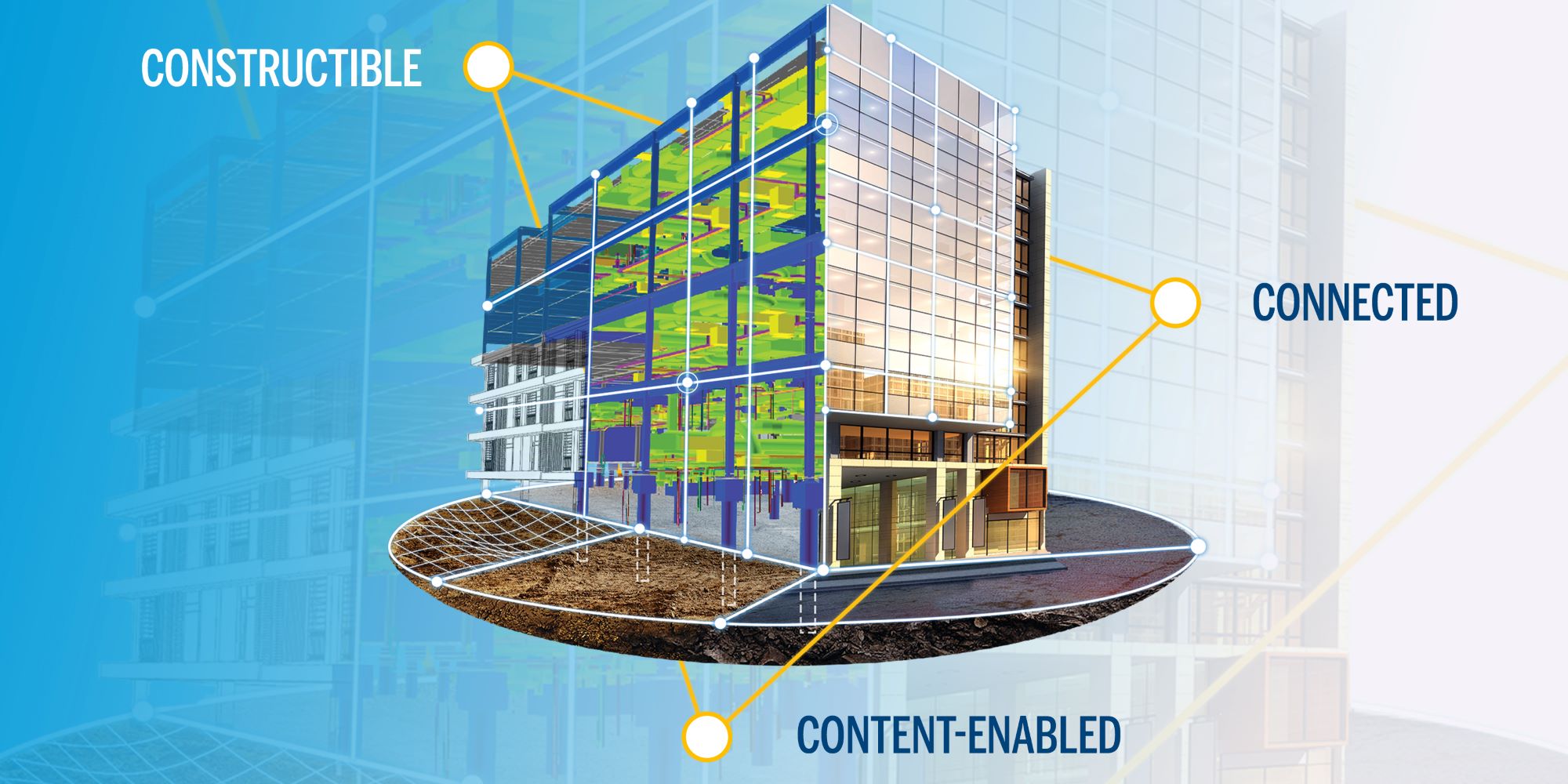Why investing in BIM is worth it

Why investing in BIM is worth it
GA Smart Building’s Director of Research, Development and Innovation Rémi Visière has years of hands-on experience in leading the transition from traditional drawing-based workflows to a full BIM approach. This time, he’s discovered that the most important thing is to understand that BIM is not just a nice-to-have 3D tool, but a truly fantastic method for data-driven construction.
He believes the key to successful implementation is to focus on the team by providing a proper introduction and training to model-based processes so that everyone understands the benefits. But, that’s not all. There are plenty of other reasons he thinks BIM is well worth the time and effort to implement.
A truly improved working experience
“A full BIM workflow removes manual steps and replaces them with data-based automation. This makes traditional tasks not only more efficient but also less prone to human error,” he says. “A visual model increases understanding, meaning that each stakeholder has a thorough picture of the construction.”
He believes there are many benefits to the design phase as well.
“The main gain is having information available in a 3D model. Productivity increases when more detailed work can be done in a shorter time. Having an initial design that is as accurate and reliable as possible is then a huge benefit later on in the construction phase,” he says.
In short, this means production teams are able to work without the fear of design errors, which helps keep everything on schedule and provides more flexibility to face the unexpected.
Additionally, he’s keen to emphasize that with an as-built BIM model completed during the previous phases, kicking off the operation and maintenance is smooth and streamlined. Facility managers can automate tasks, instead of having to do a manual set-up and execution. Ultimately, the complete workflow is improved, more accurate and faster.
A change of mindset
Visière thinks changing into BIM-powered workflows is more than anything a matter of adopting a new approach. Instead of thinking in silos, he believes it’s important to consider the full construction project as a singular process and the full building as one industrial product.
In his experience, failing to do so can disrupt the BIM adoption.
“If teams are given the tools and methodologies they are not familiar with, without management in place to oversee the deployment, the change will not be fruitful. Encouraging and thorough training is paramount in making full use of the digital tools.”
BIM is a worthwhile business investment
Visière has no doubt that moving toward a BIM approach is beneficial. His experience proves that when the adoption is done thoroughly and BIM implemented at each stage, you can enjoy the benefits of more productivity, fewer errors and a happy team.
“It’s not always measurable in terms of specific ROIs, but it’s a long-term improvement to have technology that helps automate, streamline and visualize construction through data, and a more involved, more reliable and more efficient team at every single stage of a project,” he says.
For Visière, BIM used in an educated and all-round way rewards its user with an enjoyable way of working and a truly cost-effective, constructible end result. That’s something the entire industry can celebrate.
“Human resistance is the most complicated barrier in the way. Before comparing software and computers, it’s important to invest in a digital transformation plan for the people,” he says. “The team’s BIM adoption and its management should be carefully thought out before investing in technology.”
Source: Tekla.com